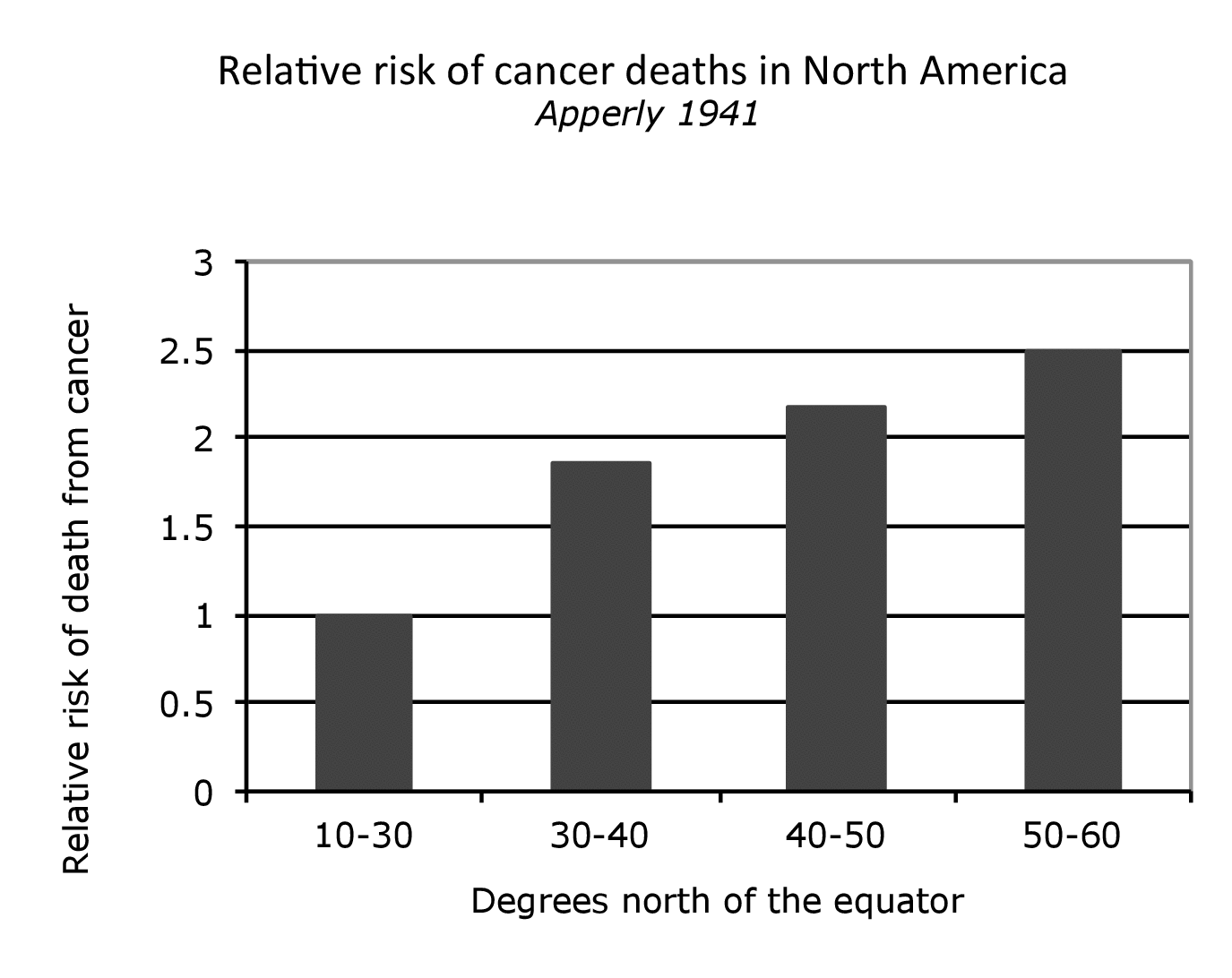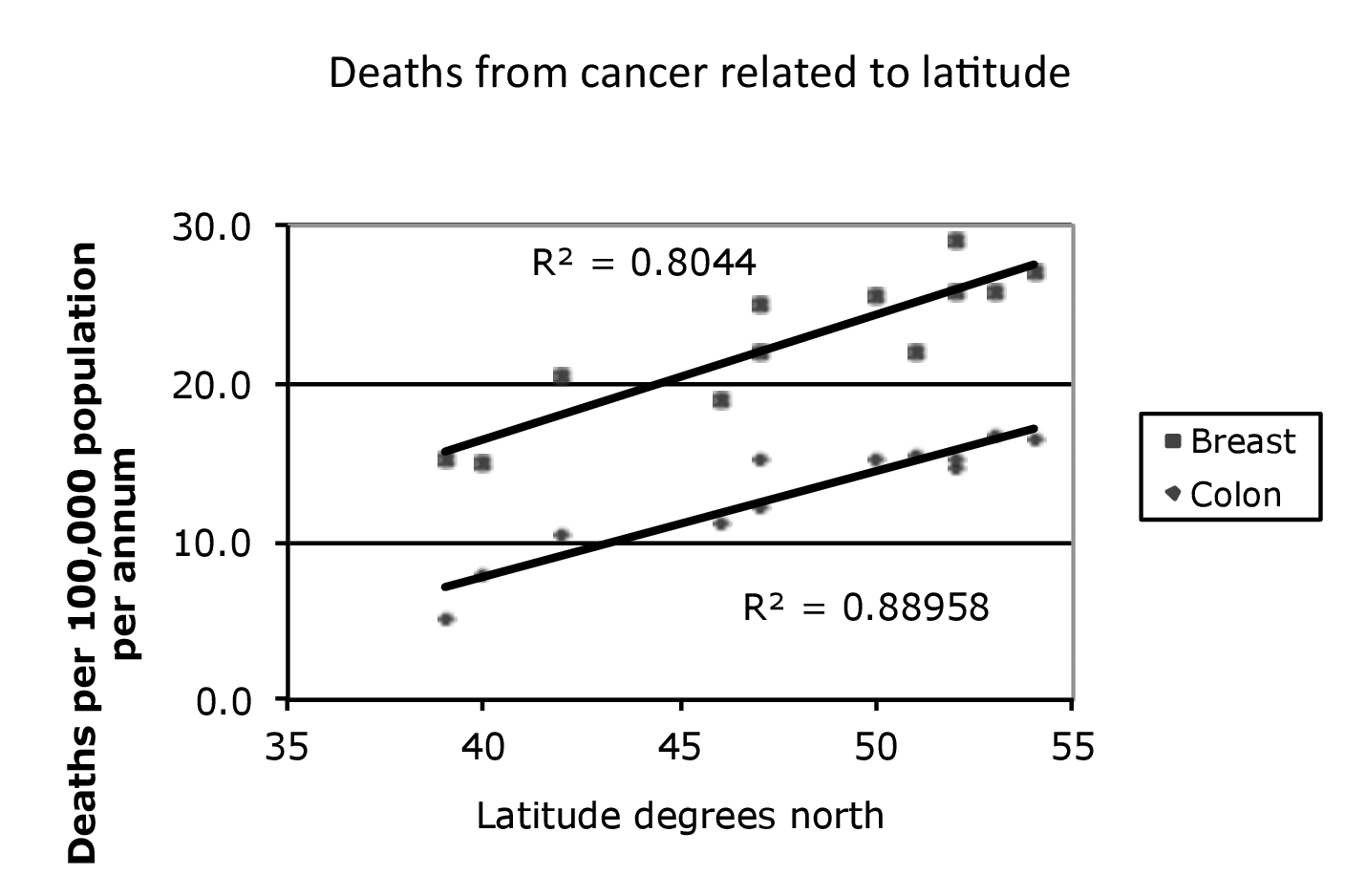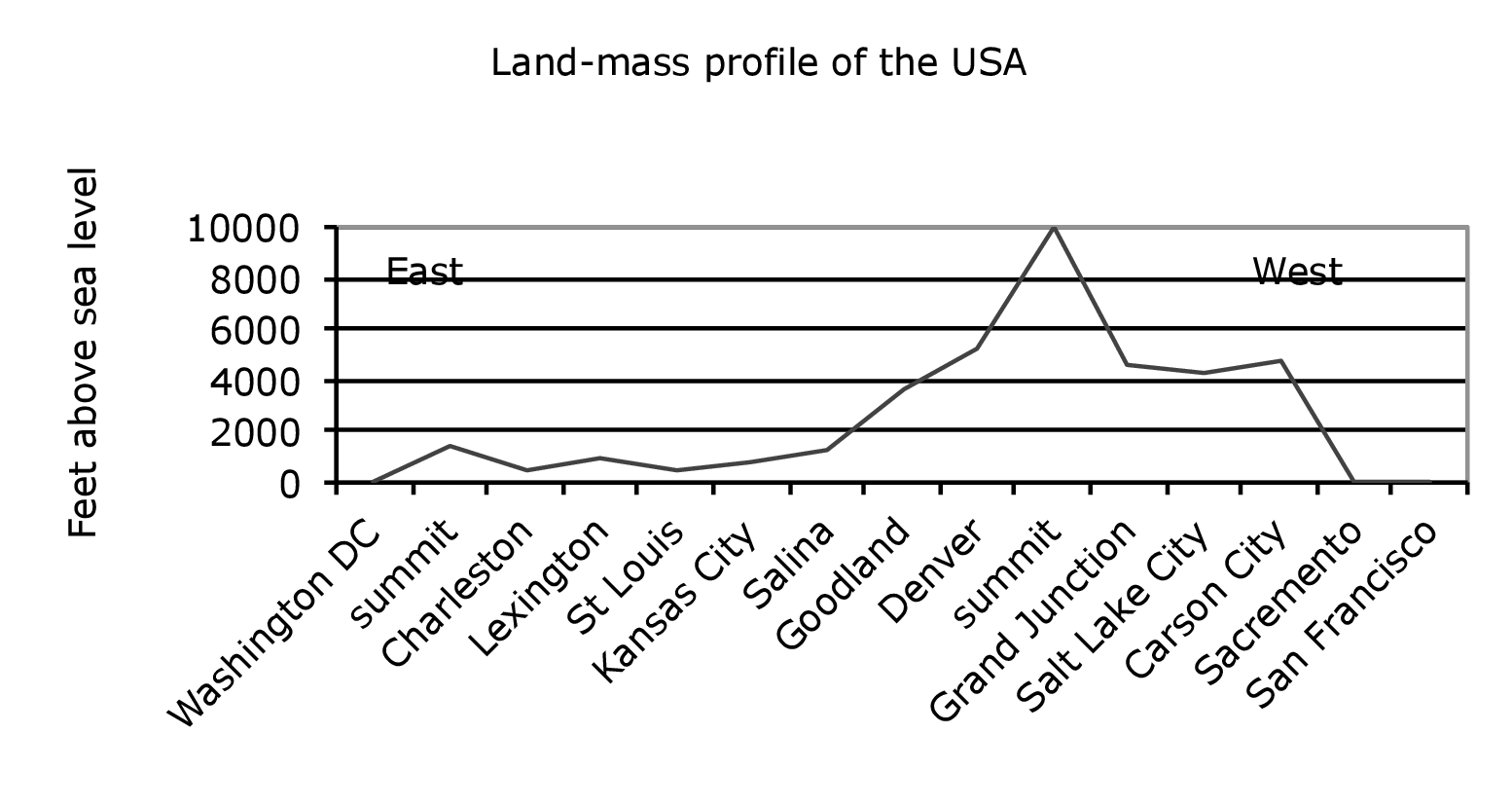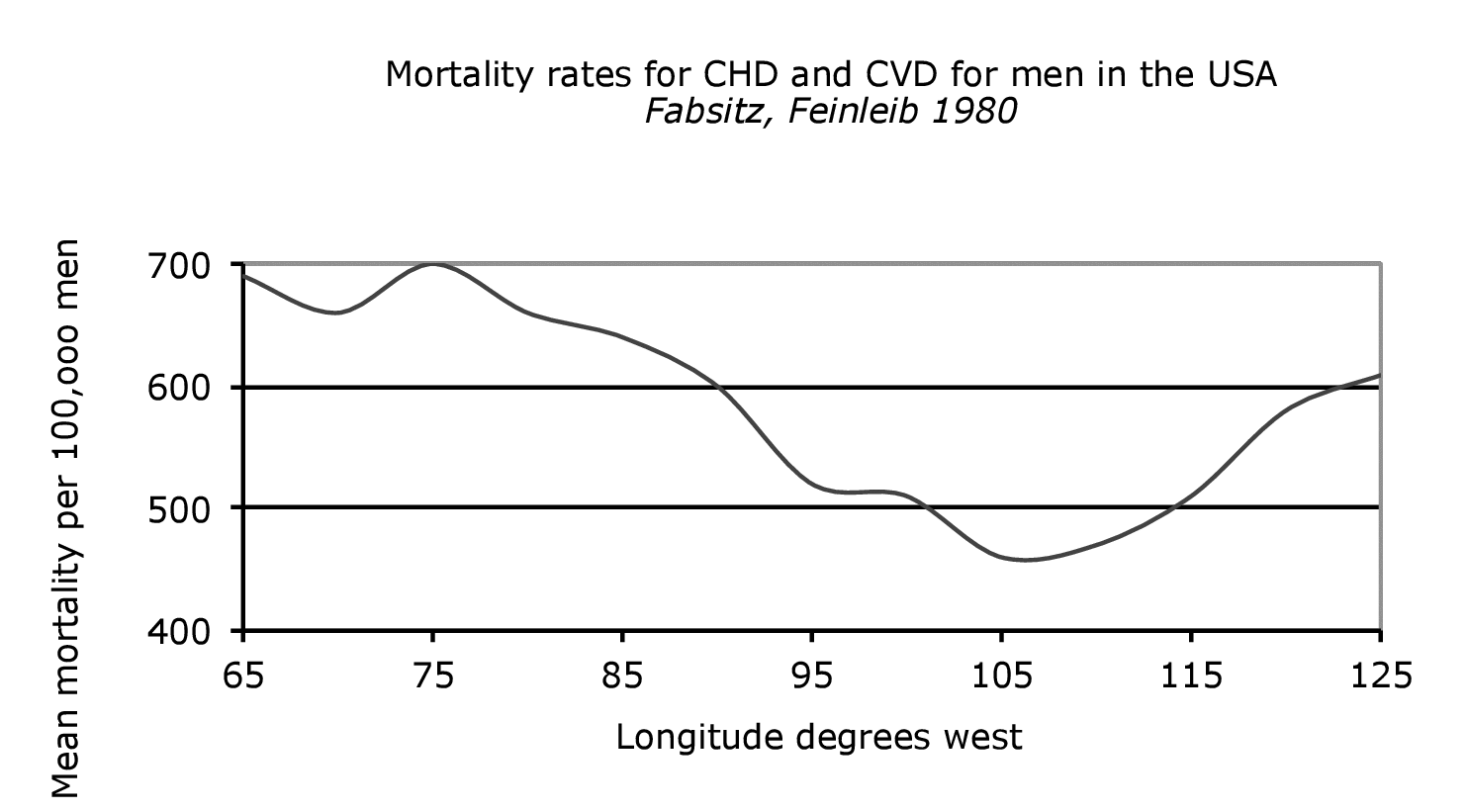I have a friend with life-altering hyperacusis, a hearing problem where ordinary sounds can cause pain. It started after she worked in a noisy workplace for three years.
“People are always told about things they should do for good health: eat right, exercise, wear sunscreen, don’t smoke,” said my friend. “But they are almost never warned about loud noise, and if they are, it’s only about hearing loss far off in the future.” Her healthcare philosophy is doctors hurt you, which she finds so self-evident that she can barely explain why she believes it.
Her husband has hyperacusis, too, even worse than hers. His came from too many rock concerts. He sought medical treatment for a disorder that even Google has barely heard of, and now takes a staggering amount of pain medicine. His philosophy, at least historically, has been doctors help you. She has done her best to keep him away from doctors, but there is no doubt that, through a combination of bad advice and bad treatment, doctors have made his health much worse. (The pain medicines do reduce pain — but much of his pain was caused by doctors.) Judging by his and her experience, doctors hurt you is more accurate.
I am writing this in the loudest Starbucks I have ever been in, in New York City. (I have been in hundreds of Starbucks.) Three employees have told me they cannot control the volume of the music. Even with my Bose noise-cancelling headphones, it is too loud. I must find somewhere else. A friend who used to work at Starbucks disputes their claim that they cannot control the volume. She says the content of the music is set by corporate but the volume is controllable at individual stores. A customer at the loud Starbucks told me he thought the employees made the music so loud to drive customers away.
Exhibit 1 in the argument that doctors hurt you is tonsillectomies, probably the most common operation ever. Your tonsils are part of your immune system — removing them makes as much sense as removing part of your brain. Tonsillectomies remained common long after it was clear that tonsils were part of the immune system. Perhaps doctors didn’t understand high school biology? Or they didn’t care? Either answer suggests that doctors should be avoided.




